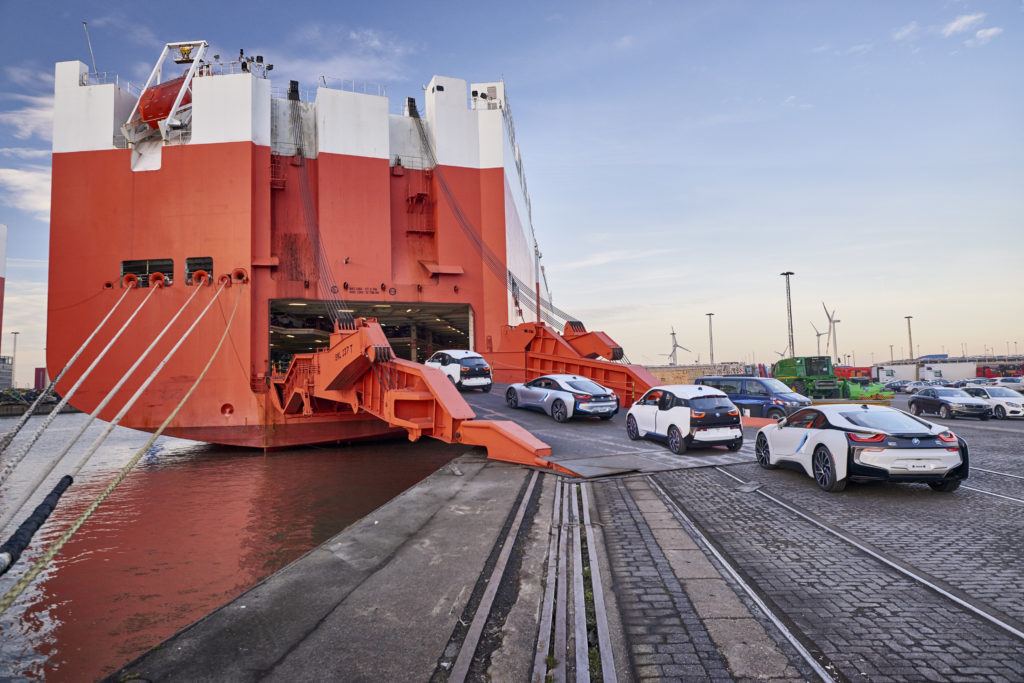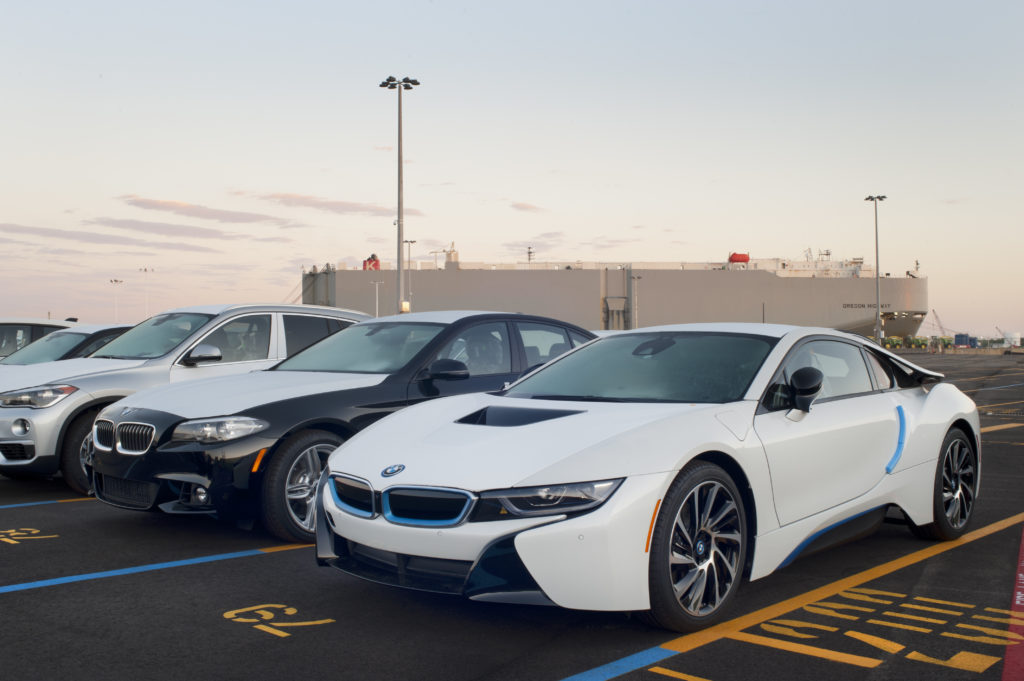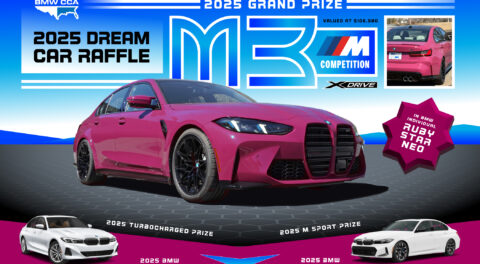
BMW is one of the most innovative automakers in the industry, and the groundbreaking mentality extends far beyond the conception and production of vehicles. From design to technology with countless other examples in between, BMW has made a name for itself in numerous realms outside of the automotive world. Much of the focus has been related to the aforementioned pursuits, but BMW has also long been a trend setter when it comes to sustainable manufacturing and operational processes.
For a decade now, BMW’s foundry in Landshut, Germany has been operating emissions-free, and less than a decade later, as of 2017, all BMW Group plants in Europe are powered by 100% renewable energy. Now, BMW is taking things a set further, by joining the Getting to Zero Coalition, which is aimed at reducing carbon emissions on transoceanic shipping routes. A partnership between The Global Maritime Forum, Friends of Ocean Action, and the World Economic Forum, one of the objective goals of the coalition is to usher in the use of zero-emissions cargo vessels by 2030.
The global manufacturing network boasted by BMW is the envy of many other automakers, and the journey your BMW took from being created from scratch to sitting on your local dealership lot is quite interesting to follow. The longest single leg of the trip for just about any BMW Group vehicle is when it is shipped from its manufacturing site to its destination market. For models built and sold in their local market, like X-models manufactured in Spartanburg, South Carolina for the North American market, this part of the process doesn’t involve crossing an ocean, but for the majority of cars BMW sells, like those built in Europe for the U.S and China, it does.
BMW, like many other automakers, relies on a fleet of privately-operated Roll-On / Roll-Off oceangoing car carrying vessels. These ships, which feature multiple internal levels, are filled with vehicles in European port cities like Bremerhaven, Germany, and as more and more cars are driven on, the draft of the vessel increases. Capacity ranges from 4,000 to 6,500 vehicles, while the largest RORO car carriers can hold between 8,000 to 8,500 vehicles. Currently, RORO vessels can cruise at what’s referred to as an, “eco speed” of 16 knots, while full speed is approximately 20 knots.
In joining the Getting to Zero Coalition, BMW is the first automaker to commit to the exclusive use of emissions-free shipping vessels starting from 2030, with the decade standing between now and then to be used as a transitional period. As of the writing of this article, maritime transport accounts for 50% of BMW’s global transport chain emissions, and about 3% of global greenhouse emissions.
It’s not the first effort of its kind by BMW. A leader in sustainable manufacturing processes, BMW has reduced the amount of emissions per vehicle manufactured by 50% since 2006—when E90 production was first ramping up—and since last year, the BMW Power Pool has been helping to regulate and balance grid supply and demand in Europe, while prioritizing the use of green energy. BMW’s newest plant, opened this year and located in Mexico, uses less water than any other to build vehicles, and the paint shop generates zero waste water. The manufacturing site also relies on CO2-free energy, thanks to a 750,000 square-foot on-site solar generating station. This year, BMW announced a research project for bidirectional charging of hybrids and EVs, and also engaged in a partnership with a California dairy to use methane gas as a power source.—Alex Tock

[Photos courtesy BMW AG.]




















